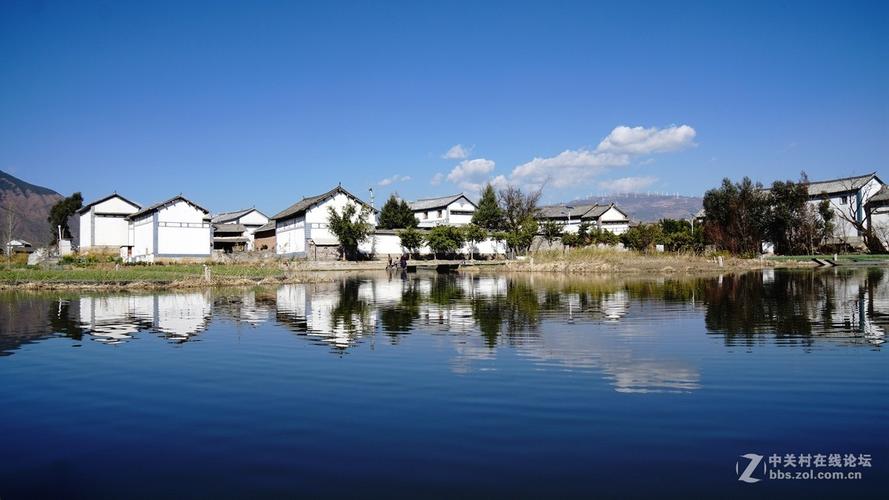Unpacking the Importance of The Cultural Landscape: An Introduction to Human Geography
As humans, we have a profound relationship with our surroundings. Our lives are shaped and molded by the cultural landscape around us. Human Geography is an essential field of study that aims to understand the relationship between humans and their environments.
The cultural landscape is all around us. It includes the tangible, such as buildings, parks, and monuments, and the intangible, such as language, beliefs, and customs. It is the result of human interaction with the environment over time. It is shaped by the choices we make, the things we value, and the history that defines us.
Why is understanding the cultural landscape important?
The cultural landscape is a lens through which we can understand the world. A deeper understanding of the cultural landscape is crucial for various reasons, including:
Cultural Identity
The cultural landscape is a vital component of our cultural identity. It reflects the values, beliefs, and customs that define us as a community. A deeper understanding of the cultural landscape helps us appreciate and preserve our cultural heritage.
Environmental Sustainability
The cultural landscape is not just about reflecting the past, but it also has an impact on the present and future. Understanding the cultural landscape is important for environmental sustainability. Our choices and behaviors shape the environment around us.
Tourism Industry
The cultural landscape is a significant tourist attraction. A deeper understanding of the cultural landscape helps to enhance the tourist experience.
The Role of Human Geography in Understanding the Cultural Landscape
Human Geography is the study of the relationship between humans and the environment. It aims to understand the cultural landscape and its impact on human life.
Human geographers investigate the historical, social, and economic forces that shape the cultural landscape. They use various research methods to evaluate the cultural landscape, including fieldwork, surveys, and mapping.
Examples of the Cultural Landscape in Action
Let’s take a closer look at the cultural landscape and its impact on human life. Here are some examples of the cultural landscape in action:
Architectural Heritage
Architecture is a significant component of the cultural landscape. It reflects the cultural history and values of a community. Buildings such as the Eiffel Tower, Sydney Opera House, and the Taj Mahal are not just structures, but they are symbols of cultural identity.
Cultural Festivals
Cultural festivals such as Carnival in Brazil and the Chinese New Year celebrations are celebrations of cultural identity. They reflect the customs, beliefs, and values of a community and contribute to the cultural landscape.
Language
Language is a vital component of the cultural landscape. It reflects the history and values of a community. Language preservation is essential for preserving cultural identity.
Conclusion
Understanding the cultural landscape is crucial in comprehending how humans interact with their environments. The cultural landscape is shaped by history, values, and choices. It is a reflection of human culture and is significant in various fields such as tourism, environmental sustainability, and cultural identity preservation. Human Geography is an essential discipline that aims to understand the cultural landscape and its impact on human life. The cultural landscape is an ever-evolving concept and is essential to appreciate and preserve for generations to come.
(Note: Do you have knowledge or insights to share? Unlock new opportunities and expand your reach by joining our authors team. Click Registration to join us and share your expertise with our readers.)
Speech tips:
Please note that any statements involving politics will not be approved.
